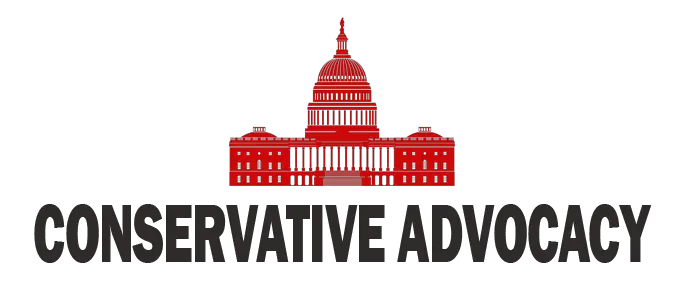In recent discussions, a prominent focus has emerged around the issue of international relations, especially regarding the complicated dynamics involving China, Russia, and India. The narrative highlights the significant role of President Donald Trump, who is seen as driven by a relentless pursuit of peace and conflict resolution. While many might think it sounds like a scene from a blockbuster film, the truth is that behind the political theater lies a serious desire for global stability.
Amidst the twists and turns of foreign diplomacy, Trump is described as someone who is not just focused on America’s national interests, but is equally concerned about the larger picture of safety, security, and prosperity for all. There’s talk about past leaders working hard to keep China and Russia at arm’s length, but it seems that the current administration has allowed these two superpowers to cozy up to one another. As a result, Trump has taken it upon himself to mend the seams of American foreign policy that many critics claim have frayed under President Biden’s leadership.
One of the key areas of focus has been the ongoing conflict in Ukraine. Trump has expressed that if anyone can tackle this “most difficult” challenge, it’s him. He previously managed to bring together leaders from both Russia and Ukraine for talks, something that many insiders believe was a groundbreaking achievement. Discussions have been labeled as productive, yet with a history as deep and complex as Russia’s—it’s no surprise that finding common ground has proven to be tough. Just like trying to untangle a stubborn knot in a shoelace, these discussions require patience, creativity, and a bit of political finesse.
As Trump attempts to unlock this convoluted mess, the clock ticks on the potential costs of continued conflict. The stakes are high, and the world watches closely. Will Trump manage to broker a peace that helps both Ukraine and Russia? Or will the tensions continue to simmer, much like a pot left on the stove just a bit too long? The uniqueness of Trump’s approach, where he has no troops on the ground, means he’s navigating the complexities with a distinct strategy aimed at diplomacy.
But lest one think that it’s all sunshine and daisies, the broader U.S. political landscape is fraught with its own challenges too. The art of compromise seems to be as daunting domestically as it is internationally. Achieving cooperation between parties when tackling crime, for example, remains a mission that prompts its own set of eye rolls and sighs. The Ambassador to the Chief of Protocol reinforces the importance of teamwork across the aisle but acknowledges the many hurdles that come with it. In this tangled web of international diplomacy and domestic politics, the hope remains that, much like a favorite comfort food, the outcome will eventually leave everyone feeling satisfied.




